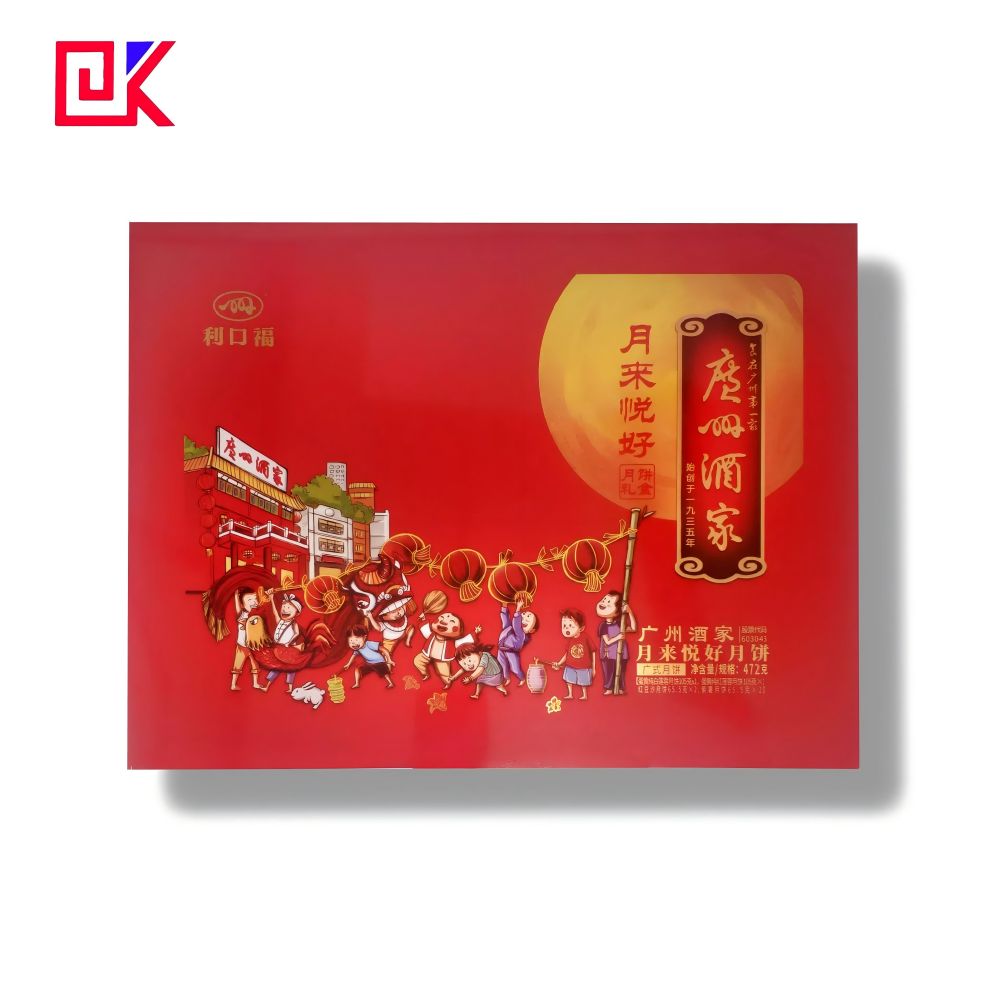With the widespread application of tinplate cans in the fields of food, beverages and daily chemicals, the issue of their safety and stability has gradually attracted people's attention. A common question is: Are tinplate cans flammable? What changes will occur to this widely used metal material under high temperature conditions?
In order to eliminate people's doubts, this article will discuss in detail the physical properties, chemical properties and reaction mechanisms of tinplate under high temperature environments to ensure that readers have a clear understanding of the behavior of tin plate cans in different environments.

What are the physical and chemical properties of tinplate?
First of all, we need to have a basic understanding of the physical and chemical properties of tinplate. Tinplate is a metal composite material with low-carbon steel as the base material and a layer of tin on the surface. It combines the strength of steel and the corrosion resistance of tin, and is widely used in daily life to make various packaging cans.
Characteristics of steel
Steel, especially low-carbon steel, has become the main material in many industries and manufacturing industries due to its high strength and good plasticity. The melting point of steel is relatively high, about 1538°C, so it remains stable at room temperature and general industrial temperature. Steel has good heat resistance and is not easy to deform or break at low and medium temperatures. However, one of the main disadvantages of steel is that it is easy to rust, so when making tinplate, it needs to be coated with a layer of rust-proof metal-tin.
Characteristics of tin
Tin is a metal with relatively stable chemical properties and a melting point of 231.9°C. The low melting point makes it relatively easy to change in high temperature environments. However, tin has good antioxidant ability and can form a dense oxide film in the air to prevent further oxidation and corrosion. Therefore, this layer of tin coating on the surface of tinplate can effectively protect the internal steel from direct contact with oxygen in the air.
Overall characteristics of tinplate
Tinplate combines the advantages of steel and tin, with high strength, good ductility and corrosion resistance. However, the high temperature resistance of tinplate mainly depends on the characteristics of the steel substrate, and the tin of its surface coating may change at high temperatures, which will have a certain impact on its overall performance.

Is tinplate packaging flammable?
For the question of "Is tinplate packaging can flammable?", we can get the answer from the properties of its main materials. Generally speaking, metal materials are not flammable because they do not contain flammable components such as hydrocarbons, while the combustion process usually involves organic materials such as paper, wood, plastic, etc.
Non-flammability of metals
Metal materials are non-flammable under normal conditions. The main components of tinplate are low-carbon steel and tin, both of which will not burn in the air. Due to its high melting point, low-carbon steel will not burn even in high temperature environments and can only melt at extremely high temperatures. Although tin has a lower melting point, it will not burn at conventional high temperatures.
Therefore, tinplate packaging cans, as a metal composite material, are non-flammable at normal temperatures. Even in accidental fires or other high-temperature environments, tinplate will not be ignited as easily as packaging materials such as plastics and paper.
Flammability of packaging contents
Although tinplate itself is non-flammable, we need to note that the substances in the packaging cans may be flammable. For example, many tin plate cans are used to store oils, chemical solvents or other flammable liquids. In this case, although the can body itself will not burn, the flammable materials in the can may volatilize and ignite at high temperatures. Therefore, when evaluating the fire risk of tinplate packaging cans, the characteristics of its contents need to be considered comprehensively.
What happens to tinplate packaging cans under high temperature conditions?
Although the tinplate packaging can itself will not burn, its physical and chemical properties may change under high temperature conditions. Understanding the performance of tinplate in high temperature environments is essential to ensure its safe use.
Changes in tin coating
As mentioned earlier, the tin coating on the surface of tinplate may change first at high temperatures. The melting point of tin is 231.9°C, which is lower than the melting point of steel. Therefore, when the tinplate can is exposed to a high temperature environment exceeding the melting point of tin, the tin coating will begin to melt.
● Melting and evaporation of tin: At temperatures exceeding 231.9°C, tin will melt and may evaporate. This will cause the protective coating on the surface of the tinplate to gradually disappear, exposing the steel substrate inside.
● Loss of protective function: Once the tin coating is damaged or melted, the anti-corrosion performance of the tinplate will be greatly weakened. When the steel substrate is exposed to air, especially in a hot and humid environment, the oxidation process will accelerate, rust will form quickly, and the structural integrity of the packaging can will be reduced.
Changes in the steel substrate
Although low-carbon steel has a high melting point, its mechanical properties will also change to a certain extent at higher temperatures.
● High-temperature oxidation: When tinplate packaging cans are exposed to high temperatures, especially when the tin coating is damaged, the steel substrate will be in direct contact with oxygen in the air. High temperatures accelerate the oxidation process of iron to form iron oxide (Fe₂O₃), which is the rust we usually see. This process not only affects the appearance of the can, but also causes a decrease in structural strength, which may eventually lead to damage to the can.
● Thermal expansion and contraction: In a high temperature environment, metals will expand thermally. When the temperature changes drastically, the tinplate packaging can may deform due to the thermal expansion and contraction effect, especially when the can wall is thin, and tiny cracks or other structural damage may occur.
Changes in the internal pressure of the can
When tinplate packaging cans are used to store liquids or gases, high temperatures may also cause changes in the pressure inside the can.
● Liquid expansion and gas pressure increase: As the temperature rises, the liquid in the can may expand, while the gas will increase the internal pressure of the can due to the thermal expansion effect. If the can is well sealed, this increase in internal pressure will put additional pressure on the can, causing the can to rupture or explode. Especially in the case of storing volatile or flammable liquids, special attention should be paid to the change in internal pressure of the can under high temperature conditions.

How do tinplate cans behave in fire?
Tinplate cans undergo a series of changes in extreme high temperature environments such as fire. Although the metal material itself is not flammable, its behavior in extreme high temperatures may have an impact on the surrounding environment.
Can deformation
In extreme high temperature environments such as fire, the tinplate can body may deform significantly due to the thermal expansion and contraction effect of the metal. If the pressure in the can increases, this deformation may be further aggravated, causing the can body to rupture.
Can burst
If the tinplate can contains volatile liquids or gases, the high temperature may cause these substances to expand rapidly and increase in pressure. If the can body cannot withstand this internal pressure, it may burst. The bursting of the can body will not only release the liquid or gas inside, but may also form metal fragments, causing further harm to the surrounding environment.
Volatilization and combustion of contents
Although the tinplate can body itself will not burn, if it contains flammable substances, the high temperature environment may cause these substances to volatilize and ignite. Especially in the case of fire, the liquid in the can may leak through the cracks in the can body and cause a secondary fire after contacting the fire source.
What should be paid attention to in the high temperature environment of tinplate packaging cans?
Avoid long-term exposure to high temperature environment
In daily life and industrial production, tinplate packaging cans should be avoided as much as possible from being exposed to high temperature environments for a long time. In particular, cans that store flammable liquids or gases should be placed in a cool and dry place, away from heat sources.
Regularly check the integrity of the can body
During the use of tinplate packaging cans, the tin coating and steel substrate on its surface should be regularly checked for signs of damage or corrosion. If the coating is found to be peeling off or rust appears on the surface of the can body, the can body should be handled or replaced in time to ensure that its structural strength is not affected.
Pay attention to the pressure changes in the tank. Under high temperature conditions, especially for tinplate packaging cans with good sealing properties, pay attention to the changes in the internal pressure of the tank. A safety valve or other device can be used to control the internal pressure to avoid the rupture of the tank due to excessive pressure.

